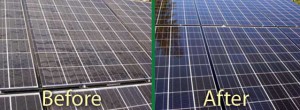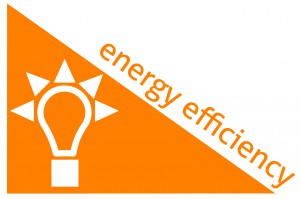 More often than not it’s the rain that cleans your photovoltaic panels. Rain can clean photovoltaic panels, but it doesn’t always clear away all the dust and dirt which restrict the active surface. This is when you have to step in to wash and maintain your system.
More often than not it’s the rain that cleans your photovoltaic panels. Rain can clean photovoltaic panels, but it doesn’t always clear away all the dust and dirt which restrict the active surface. This is when you have to step in to wash and maintain your system.
Photovoltaic and solar panels in agricultural, desert and rural areas need to be washed more frequently. Leaves, pollen and bird droppings can all accumulate and reduce panel efficiency. The bottom module or the collector structure are the first to be affected by accumulations of algae and moss which, in turn, trap atmospheric dust, using it as a growth medium. Leaves especially can cause disruption to performance levels due to their size.
First and foremost, you need to know that a dirty solar panel can lose up to 30% of its energy production. Don’t forget either, that the cost of cleaning is nothing compared to the loss of energy performance of your system.
- What do you need to clean solar panels?
The majority of cases require only demineralised water, sprayed through long carbon fibre rods. Avoid using chemical agents which could damage the glass or the surrounding structure as far as possible. An ordinary household window cleaning detergent is fine. Remember to use a soft cloth which won’t leave smudges, and avoid using sponges or abrasive cloths which could scratch the photovoltaic panel glass and reduce efficiency.
It’s a different matter if you have to clean a very large system in the shortest possible time and reduce costs, too.
The only solution is to use professional cleaning machines for photovoltaic panels, such as our SOLAR CLEANER line machines and equipment. These machines are extremely versatile and fulfil the various requirements which crop up in this field of work.

